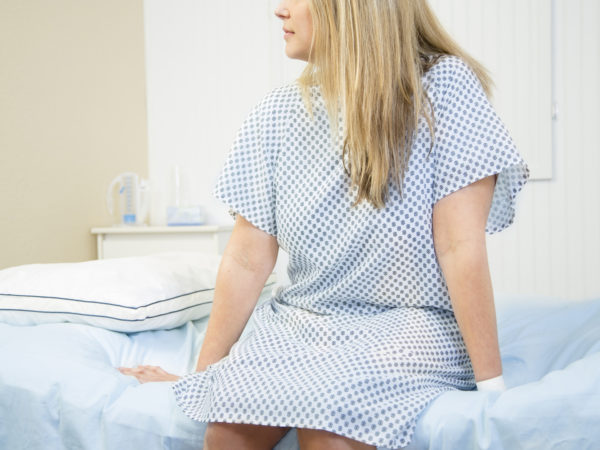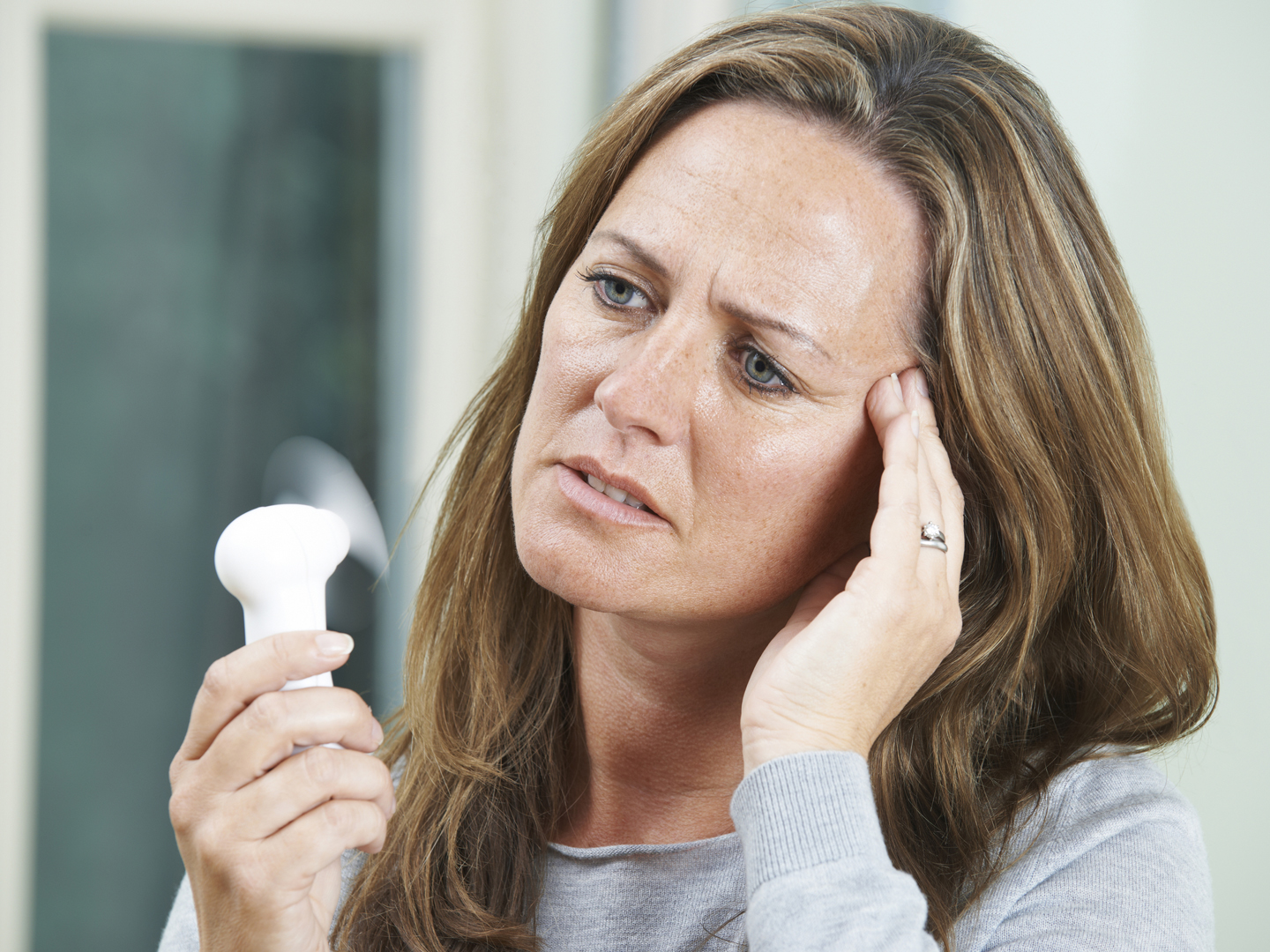New Drug For Endometriosis?
I understand there’s a new medication for endometriosis. Can you tell me anything about how well it works and what side effects it may have?
Andrew Weil, M.D. | October 5, 2018

Endometriosis is an often-painful condition that develops when tissue that looks and acts like the endometrium (the lining of the uterus) migrates outside the uterus. This tissue implants itself throughout the abdomen: on the outside of the uterus, the fallopian tubes and ovaries, the ligaments supporting the uterus, the area between the vagina and rectum, and the lining of the pelvic cavity. Although displaced, the tissue continues to act as if it were still in the uterus: every month, in response to hormonal signals, it thickens, breaks down and bleeds. With no route out of the body, the trapped blood causes inflammation and pain, scar tissue formation, and adhesions that can lead to bowel problems.
We don’t know what causes endometriosis. Since the disorder seems to run in families, it may have a genetic basis. One theory holds that it stems from a backflow of menstrual discharge through the fallopian tubes into the pelvic area. Whatever the cause, endometriosis can be a difficult problem to treat.
The latest approach is a drug called Orilissa (egalolix) approved in July (2018) by the U.S. Food and Drug Administration (FDA) for treatment of moderate to severe pain due to endometriosis. By the time you read this, the drug may be available in the U.S. FDA approval came after the agency reviewed two six-month long studies involving nearly 1,700 women with moderate to severe endometriosis. Results showed that a dose of 150 mg daily or 200 mg twice a day significantly reduced daily menstrual pelvic pain, nonmenstrual pelvic pain and pain associated with sex better than placebo.
While this is good news for women suffering from this difficult condition, there is a catch. Use of the 150 mg dose is recommended for up to two years and use of the 200 mg dose is limited to six months because the drug causes a decrease in bone mineral density, possibly increasing the risk of osteoporosis. Even for women following the recommendations, any bone loss that occurs while on the drug may not be reversible when they stop taking it. And because Orilissa works by reducing estrogen production, it can cause other adverse effects: hot flashes, night sweats, headache, nausea, difficulty sleeping, anxiety, joint pain, depression, and mood swings.
Another disadvantage: without insurance, the drug is expected to cost about $10,000 per year or $844.87 per month, although the manufacturer may offer it at lower cost to women who can’t otherwise afford it.
On the upside, this may be a useful alternative for many of the one in 10 women with endometriosis who haven’t been helped by other treatments. These include over-the-counter nonsteroidal anti-inflammatory drugs such as ibuprofen, oral contraceptives, and anti-gonadotropin drugs. (The latter block production of ovary-stimulating hormones; they can put a woman into artificial menopause with its own unpleasant symptoms.) The most drastic treatment option is surgery to remove the abnormal tissue (which may grow back) or hysterectomy, a procedure reserved for severe cases in women who do not wish to become pregnant.
Andrew Weil, M.D.
Source:
Hugh Taylor et al, “Treatment of Endometriosis-Associated Pain with Elagolix, an Oral GnRH Antagonist.” New England Journal of Medicine, July 6, 2017, DOI: 10.1056/NEJMoa1700089











